Description
Flair nuts, also known as flare nuts or flare fittings, are essential fasteners used in high-pressure applications across various industries, including plumbing, HVAC, and automotive. These nuts are designed with a unique conical shape that allows for a secure connection when paired with flared tubes or pipes, ensuring a leak-proof seal that is critical in high-pressure systems.
Key Features:
-
Material Composition: Flair nuts are typically made from durable materials such as brass, stainless steel, or aluminum. Brass is favored for its corrosion resistance, while stainless steel offers enhanced strength and durability, making it suitable for harsh environments. Aluminum is lightweight and ideal for applications where weight is a concern.
-
Design and Functionality: The conical design of flair nuts allows them to create a tight seal against the flared end of a tube, preventing leaks and ensuring a secure connection. This design is particularly important in applications where pressure fluctuations are common.
-
Versatility: Flair nuts are widely used in various applications, including:
- Plumbing: For connecting water supply lines and gas fittings, ensuring a reliable and leak-proof seal.
- HVAC Systems: Essential for connecting refrigerant lines in air conditioning and refrigeration systems, where maintaining pressure is crucial.
- Automotive: Commonly found in fuel and brake lines, providing secure connections that can withstand high pressures and vibrations.
- Industrial Equipment: Used in hydraulic systems and machinery, where reliable connections are critical for operational safety.
-
Easy Installation: Flair nuts are designed for straightforward installation, typically requiring only standard wrenches for tightening. This ease of use makes them accessible for both professional technicians and DIY enthusiasts.
-
Size Variety: Available in a range of sizes and thread types, flair nuts can accommodate different tubing and piping systems, ensuring compatibility with various applications.
-
Specifications
Flair nuts, also known as flare nuts or flare fittings, are specialized fasteners used primarily in high-pressure applications. Below are the key specifications typically associated with flair nuts:
General Specifications
-
Material:
- Commonly made from brass, stainless steel, or aluminum.
- Brass is often used for its corrosion resistance and durability.
- Stainless steel offers enhanced strength and resistance to harsh environments.
- Aluminum is lightweight and suitable for specific applications.
-
Size Range:
- Available in various sizes, typically ranging from 1/8 inch to 2 inches in diameter.
- Thread types include NPT (National Pipe Thread), SAE (Society of Automotive Engineers), and others.
-
Thread Type:
- Commonly features male or female threads, designed to fit standard flared tubing.
- Threads are usually designed to meet industry standards for compatibility.
-
Pressure Rating:
- Designed to withstand high pressures, often rated for pressures up to 3,000 psi or more, depending on the material and size.
-
Temperature Range:
- Suitable for a wide temperature range, typically from -65°F to 250°F (-54°C to 121°C), depending on the material.
-
Finish:
- Often available in various finishes, including polished, nickel-plated, or anodized, depending on the application requirements.
Applications
- Plumbing: Used for connecting water supply lines and gas fittings.
- HVAC Systems: Essential for connecting refrigerant lines in air conditioning and refrigeration systems.
- Automotive: Commonly found in fuel and brake lines, providing secure connections that can withstand high pressures.
- Industrial Equipment: Used in hydraulic systems and machinery where reliable connections are critical.
Installation
- Tools Required: Typically installed using standard wrenches or flare nut wrenches to prevent damage to the nut during tightening.
- Installation Method: The nut is tightened onto a flared tube, creating a secure, leak-proof seal.
Safety Information
- Handling: Always handle with care to avoid damaging threads or the sealing surface.
- Compatibility: Ensure compatibility with the tubing and fittings being used to prevent leaks and failures.
For specific product details, including exact dimensions and pressure ratings, it is recommended to refer to the manufacturer’s technical data sheet or product catalog.
-
.

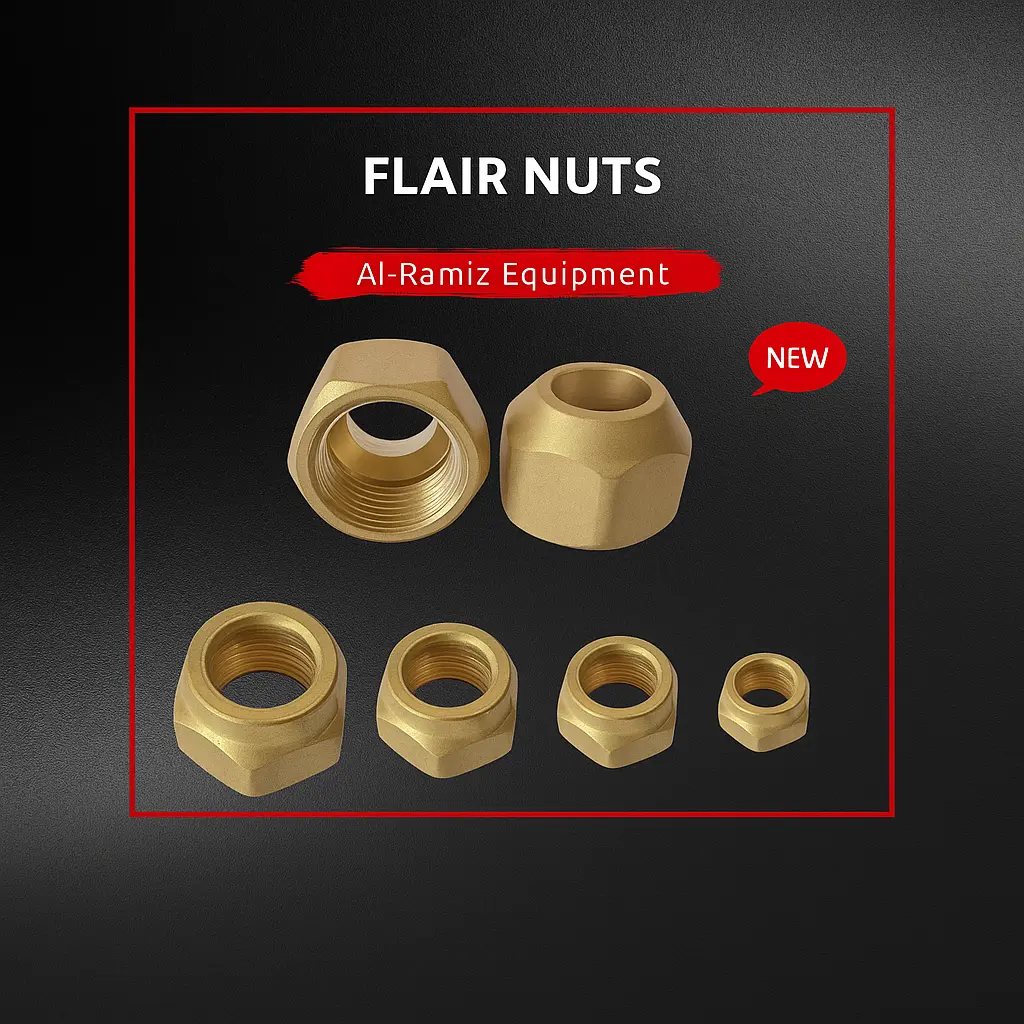




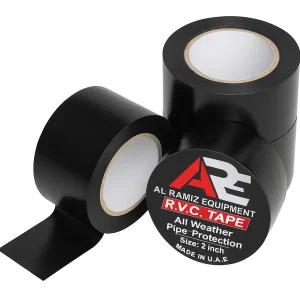
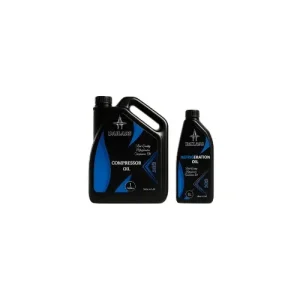
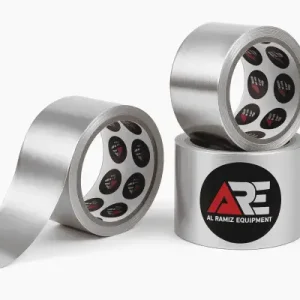

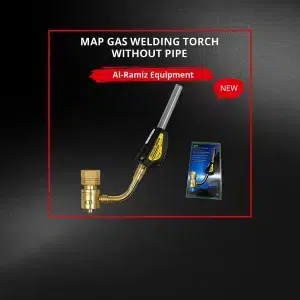
Reviews
There are no reviews yet.